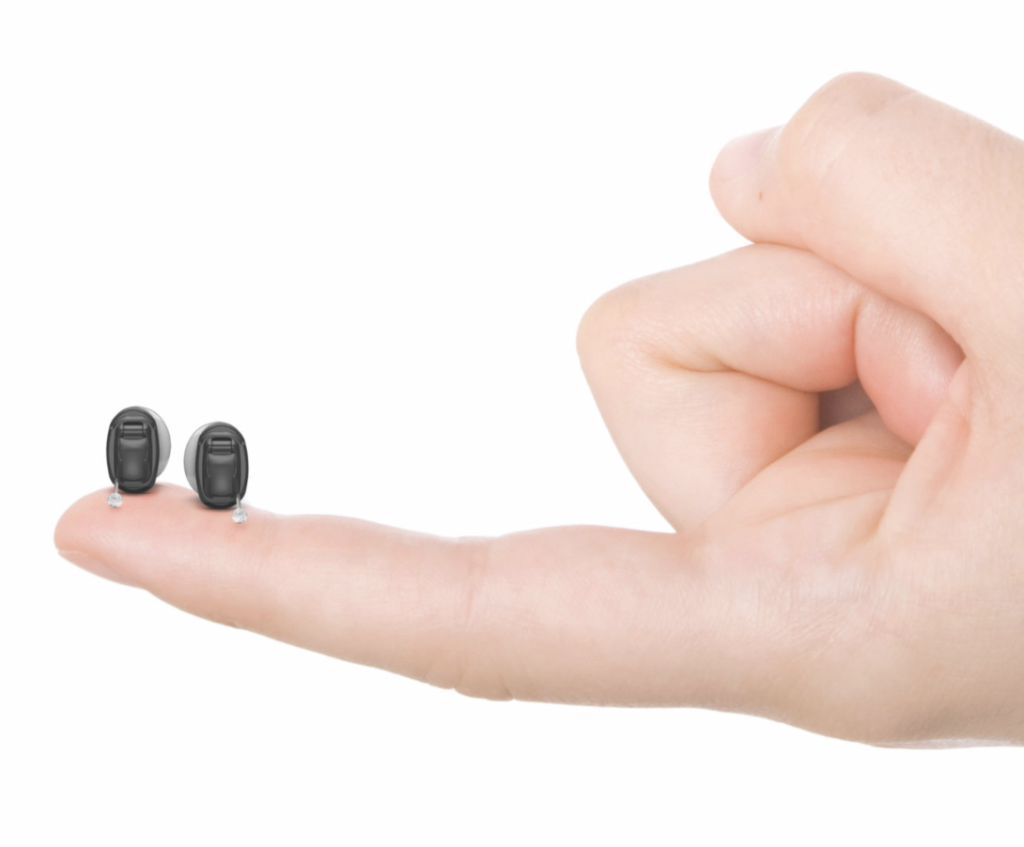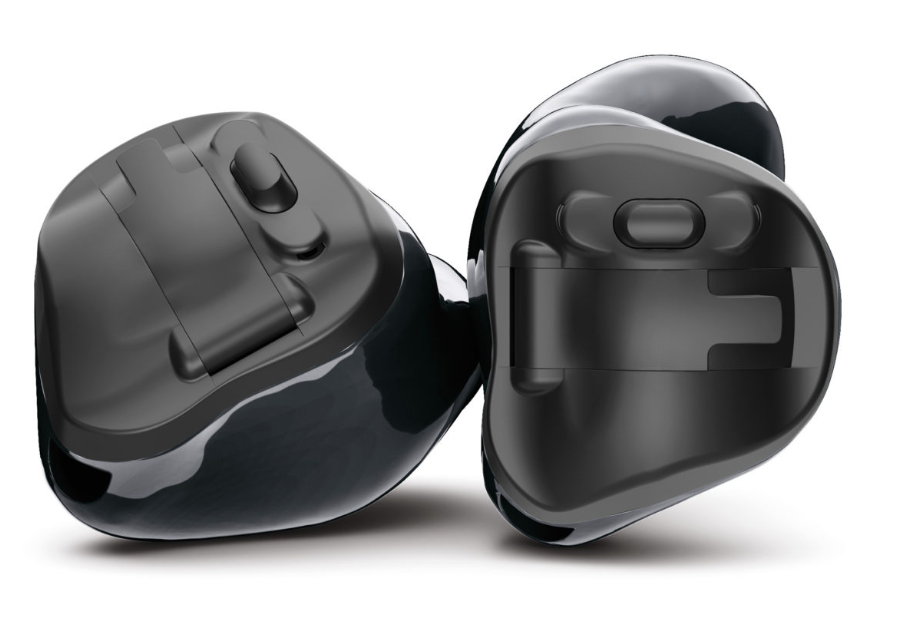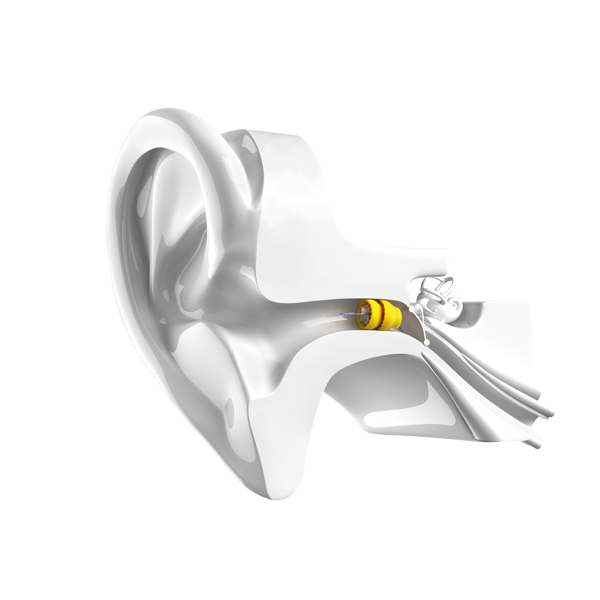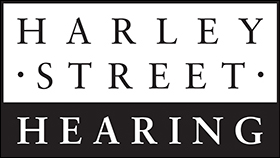Invisible hearing aids: The complete guide
Invisible hearing aids have changed the game for those suffering from hearing loss. These tiny and discreet devices have been a huge technological breakthrough in recent years, and there are now more options than ever to choose from.
Invisible hearing aids, also known as invisible-in-the-canal (IIC) or completely-in-canal (CIC) hearing aids are designed to enhance the hearing abilities of those with hearing loss whilst being completely discreet and practically invisible to others.
Our ability to hear is paramount, but too many people suffer in silence with hearing loss as they simply don’t want to wear a hearing aid. Thankfully, hearing aids have come on leaps and bounds from what they were many years ago, and invisible hearing aids offer a great option for those who want to enhance their hearing abilities without compromising their appearance.
In this blog, we’ll discuss how invisible hearing aids work, the current models available on the market and the pros and cons that they may bring to the table.

How do invisible hearing aids work?
Invisible hearing aids sit inside the ear canal and use the natural autonomy of the ear to better detect and localise sounds. They are custom-made to fit comfortably within the ear canal and pack all of the technology into a tiny device with no need for external wires or tubes.
They are fitted with a small microphone within the hearing aid that picks up external sounds, and an amplifier which processes the sounds to match the users’ hearing requirements. The processed sound is then transmitted to a speaker positioned within the ear canal.
As they are positioned much closer to the eardrum and deeper within the ear canal than other hearing aids, they can provide a much clearer and more cohesive sound that doesn’t require as much sound output.
What invisible hearing aids are available?
As technology has developed, the list of invisible hearing aids available has expanded significantly as manufacturers such as Signia, Phonak and Oticon recognise the demand for small, discreet devices.
Having so many options can make it a challenge to know which one is right for you, so we’ll cover some of the best invisible hearing aids on the market right now.
Phonak Lyric
The Phonak Lyric hearing aid is the world’s first and only extended-wear hearing aid that is 100% invisible. It can be worn for 24 hours a day, 7 days a week for up to 3 months.
The device is fitted just four millimetres from the eardrum and can only be inserted by an authorised Lyric provider to ensure complete precision. Harley Street Hearing was the first clinic to become an authorised Lyric provider in the UK and is the number 1 Lyric centre in Europe. Call us to book your free Lyric assessment.
Oticon Own
The Own hearing aid range is Oticon’s most discrete device to date. This IIC hearing aid is completely invisible in 9 out of 10 ears, custom-made to comfortably fit your ear shape and available in 5 different styles. Read more about Oticon Own.
Signia Silk X
Signia’s approach to an invisible hearing aid is slightly different to other manufacturers. Their most discreet device, Signia Silk X, isn’t a custom-fit device. Instead, it’s an instant-fit hearing aid that doesn’t require a mould of the ear but uses soft silicone Click Sleeves to accommodate the size and shape of your ear to allow a secure and comfortable fit.
Phonak Virto Paradise
Whilst not 100% invisible like their Lyric model, Phonak’s Virto Paradise hearing aid is a small discreet ITE device that comes in three different power levels, a range of different colours and can be custom-made from either acrylic or titanium.

How long do invisible hearing aids last?
The lifespan of invisible hearing aids will vary depending upon a range of factors such as the manufacturer, model, usage habits and maintenance.
Hearing aids on average have a lifespan of three to seven years, provided they are cared for properly. However, our hearing abilities can change over time so it’s important to schedule routine hearing tests to ensure that your hearing aids are still serving your current needs.
As invisible hearing aids fit deeper inside the ear canal than other devices, this gives them better protection from the elements and means you can typically wear them during most activities. Of course, this varies between models but taking the Lyric as an example, this can be worn whilst sleeping, showering and participating in sports activities with little risk of damage.
The pros and cons of invisible hearing aids
There’s no one-size-fits-all approach when it comes to hearing aids, and whilst invisible hearing aids come with plenty of advantages for some, they also may not always be the most suitable choice for others.
In order to make the right investment, it’s important to weigh up the pros and cons to make a well-informed decision.
Invisible hearing aid advantages
- Discreet appearance – Invisible hearing aids are perfect for those who don’t want their hearing loss to be visible. Their small, discreet style keeps them almost hidden from others which makes them the best choice for aesthetic-conscious wearers.
- Enhanced sound quality – Due to their positioning close to the eardrum, invisible hearing aids can offer improved sound quality and a more natural sound perception as they are able to capture and deliver sound signals more effectively.
- Comfortable to wear – As most invisible hearing aids are custom-fit, they are tailor-made to your specific ear shape and size ensuring optimal comfort.
- Reduced feedback – Their placement minimises the risk of wind noise and feedback or whistling sounds, offering a more comfortable listening experience.
Invisible hearing aid disadvantages
- Shorter battery life – Due to their compact size, invisible hearing aids typically use smaller batteries which may have a shorter lifespan and require more frequent replacements compared to those used in behind-the-ear (BTE) hearing aids.
- Not suitable for everyone – Not everyone is a suitable candidate for invisible hearing aids depending on the size and shape of the ear, as they require enough space within the ear canal for proper placement.
- Smaller controls – As they are smaller in size, the controls can be smaller to see and feel which can be a challenge if manual adjustments are needed, particularly for those with limited dexterity.

How do I choose an invisible hearing aid?
Selecting the right invisible hearing aid for you involves careful consideration of various factors to ensure the device meets your hearing needs and lifestyle. This process should always start with a hearing test conducted by a qualified audiologist.
From there, your hearing loss and the severity of it will be detected and analysed in order to guide the decision-making process. It’s incredibly important that your hearing aid is designed to suit your individual hearing needs in order to get the most from it, so this is a crucial step.
Harley Street Hearing’s team of clinical audiologists offers professional hearing tests in London and Greater Manchester. Click here to find your nearest hearing clinic.
As a completely independent hearing clinic, we offer a comprehensive range of invisible hearing aids from various leading manufacturers and completely unbiased advice on choosing the most suitable device for you. Through our free no-obligation hearing aid trials, you can make sure that the chosen model is suitable for your needs and lifestyle before making a purchase.
If an invisible hearing aid doesn’t suit your preferences, we have an extensive portfolio of other hearing aids to choose from, and we’ll work with you to find your ideal device.
Enjoy this article? You might be interested in some of our others:












